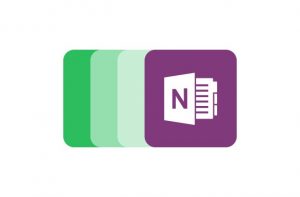

Note that there are two versions of OneNote for Windows: a desktop app and a Windows 10 app, also known as a Universal Windows Platform (UWP) app. I spend more time on the Windows version of each, but I’ll note similarities and differences in other versions as well. This isn't a deep-dive review, but rather a personal look at what I like and don't much like about each - and the main points of difference between the two. I'm a longtime user of both applications, so I've taken a look at the latest version of each for Windows, macOS, iPad, iPhone and Android. But they also have some very distinct differences. OneNote and Evernote are available for all the major desktop and mobile OSes, they can each sync your notes to all of your devices and the web, and both promise to be the only note-taking app you need. (Microsoft hasn’t released user numbers for OneNote, but between Office and Windows 10, more than a billion users likely have a version of it installed on their machines.) Evernote launched in 2008 and has enjoyed steadily increasing user numbers since then the company now says it has 225 million users worldwide. Launched in 2003, OneNote was added to Microsoft Office in 2007 and is now bundled with Windows 10 and also offered for free as a standalone product.

The print driver lets you send information from any computer file to a page in your OneNote notebook, and this "prints" the information to that page instead of sending it to an actual printer. You can also import information by using the print driver that installs with OneNote. You can insert documents and files, and paste screen clippings from other programs.

In OneNote 2010 and OneNote 2007, you can import information into your notes in several ways. How to import into OneNote 2010 and OneNote 2007


 0 kommentar(er)
0 kommentar(er)
